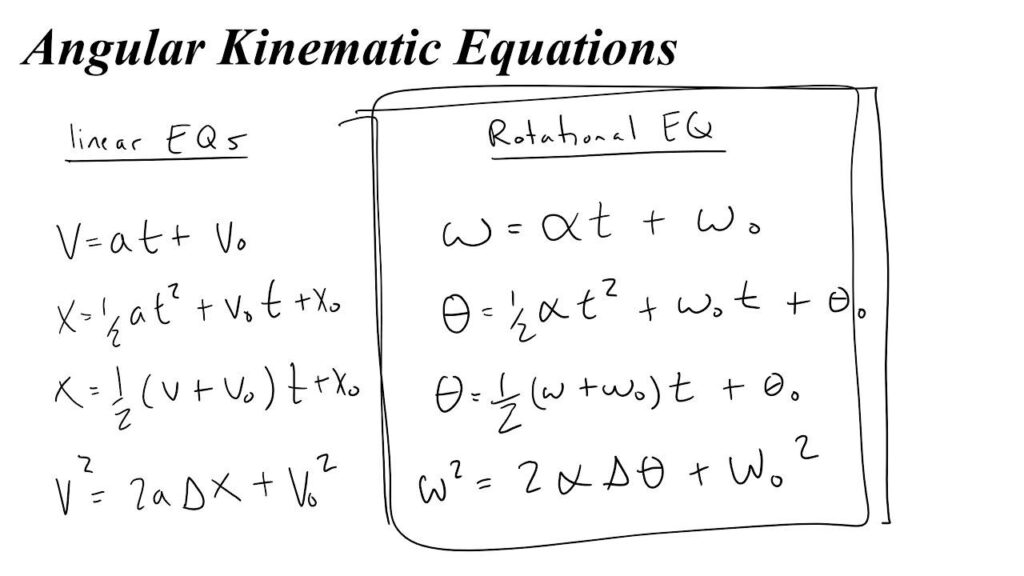A new study published in Frontiers sheds light on the precise angular movements that define top-speed sprinting in male intercollegiate athletes across track and field and team sports. By analyzing the biomechanics behind elite sprinting, researchers aim to uncover key differences and commonalities in joint kinematics that influence performance and injury risk. This breakthrough offers coaches and athletes valuable insights to fine-tune training strategies, potentially pushing the boundaries of speed and agility at the collegiate level.
Angular Joint Movements Define Sprinting Efficiency in Male Intercollegiate Athletes
Recent biomechanical analyses have shed light on the critical role played by angular joint movements in optimizing sprinting performance among male intercollegiate athletes. The synchronization and magnitude of angular velocities at the hip, knee, and ankle joints directly impact stride efficiency and ground contact time, ultimately defining top speed capabilities. For instance, a higher peak hip extension angle during the propulsion phase has been linked to greater forward momentum, whereas optimal knee flexion angles contribute to quicker limb recovery, minimizing braking forces.
Key angular kinematic factors identified include:
- Hip joint: Larger extension angles facilitate powerful push-offs.
- Knee joint: Controlled flexion during swing phase aids rapid leg turnover.
- Ankle joint: Precise plantarflexion timing maximizes stride length without compromising stability.
| Joint | Peak Angle (degrees) | Phase | Impact on Sprinting |
|---|---|---|---|
| Hip | 45 | Propulsion | Increases forward drive |
| Knee | 65 | Swing | Enhances leg recovery speed |
| Ankle | 25 | Toe-off | Extends stride length |
Key Differences in Hip and Knee Kinematics Between Track and Team Sport Sprinters
Recent biomechanical analyses reveal distinct variations in hip and knee joint angles between male intercollegiate sprinters specializing in track events and those competing in team sports. Track sprinters typically exhibit a greater hip extension angle at toe-off, facilitating powerful forward propulsion and longer stride lengths. In contrast, team sport athletes demonstrate a more conservative hip extension but compensate with increased knee flexion during the swing phase, enhancing rapid leg recovery and agility essential for multidirectional movements on the field.
These differences are further underscored by distinct angular velocity patterns. Track sprinters generate higher peak angular velocities at the hip, emphasizing maximal speed output, whereas team sport sprinters balance velocity with joint stability to reduce injury risk during unpredictable plays. Key contrasts include:
- Hip Flexion at Mid-Swing: Greater in team sport athletes for maneuverability.
- Knee Extension Velocity: Elevated in track sprinters correlating with stride efficiency.
- Joint Range of Motion: Wider in team sport athletes supporting dynamic movement.
| Parameter | Track Sprinters | Team Sport Sprinters |
|---|---|---|
| Hip Extension at Toe-Off (°) | 45 ± 3 | 35 ± 4 |
| Knee Flexion at Mid-Swing (°) | 70 ± 5 | 85 ± 6 |
| Peak Hip Angular Velocity (°/s) | 9200 ± 300 | 7800 ± 400 |
| Peak Knee Extension Velocity (°/s) | 8500 ± 350 | 7200 ± 500 |
Training Recommendations to Optimize Angular Mechanics for Peak Sprint Performance
Maximizing sprint efficiency requires targeted exercises that refine joint angles and enhance the neuromuscular control critical during maximal velocity phases. Coaches are encouraged to incorporate dynamic drills focusing on hip flexion and knee extension velocity, as these movements directly influence stride length and frequency. Emphasizing explosive hip hinge patterns combined with resisted leg drives can sharpen angular control, ultimately translating to faster sprint times. Complementary mobility work, specifically targeting the ankle dorsiflexion angle, is essential to ensure optimal force application during ground contact.
Integrating a structured training plan demands attention to both strength and coordination, outlined as follows:
- Multi-planar Hip Strengthening: Incorporate cable resisted hip swings and lateral lunges to promote angular velocity in frontal and sagittal planes.
- Plyometric Exercises: Use bounding drills and depth jumps to enhance reactive strength and improve joint stiffness at key angular positions.
- Angular Velocity Feedback: Employ wearable sensors or video analysis to monitor joint angles and tweak technique in real-time.
- Core Stability Routines: Focus on anti-rotation and anti-lateral flexion movements to maintain trunk alignment and transfer forces efficiently.
| Joint | Key Angle Range (Degrees) | Recommended Drill |
|---|---|---|
| Hip | 30°-60° (Flexion) | Resisted High Knees |
| Knee | 40°-70° (Extension) | Bounding Drills |
| Ankle | 10°-20° (Dorsiflexion) | Jump Rope |
Wrapping Up
In summary, the latest findings on angular kinematics during top-speed sprinting shed new light on the biomechanical distinctions among male intercollegiate track and field athletes and team sport players. By unraveling these nuanced movement patterns, researchers aim to enhance training protocols and injury prevention strategies tailored to each group’s specific demands. As the competitive landscape continues to evolve, such insights underscore the critical role of biomechanics in optimizing athletic performance at the collegiate level and beyond.

